Specialized's radical frame design breaks cover and it's not on the bike we expected
The distinctive 'compliance junction' feature is matched with FutureShock suspension and generous tire clearances on the Sirrus Carbon flat-bar bike
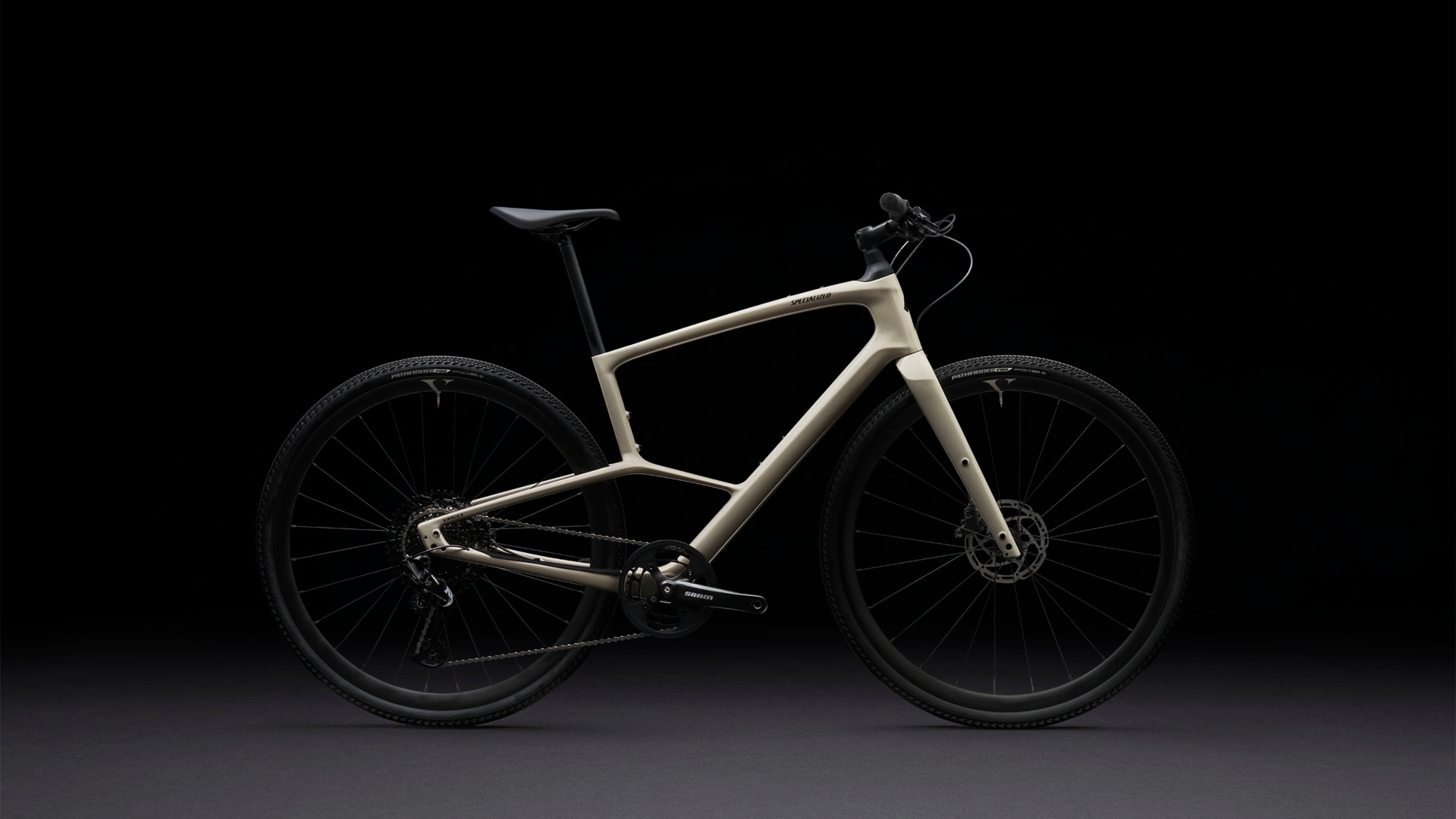
Earlier this year Specialized released a patent for a new frame design which incorporated a ‘strut brace’ and saw the removal of a lower section of the frame's seat tube. The radical design, said Specialized, resulted in improved comfort with no compromise in ride quality.
We weren't sure that this new design would make it to market but did speculate that if it did it'd be on a gravel or endurance bike, potentially adding itself to the pantheon of revolutionary road racing bikes. We were wrong on both counts, as this highly distinctive frame is here and it's in the shape of the all-new Sirrus Carbon - the update of the brand's flat bar fitness and commuting favourite.
The Sirrus Carbon is offered in two models, the 6.0 and the 5.0 X, with both frames constructed using the brand’s FACT 9r carbon layup. Still aimed at the leisure market, where the best hybrid bikes reign supreme, the revamped frameset cuts a distinctive silhouette, thanks to what Specialized are now calling the ‘compliance junction’.
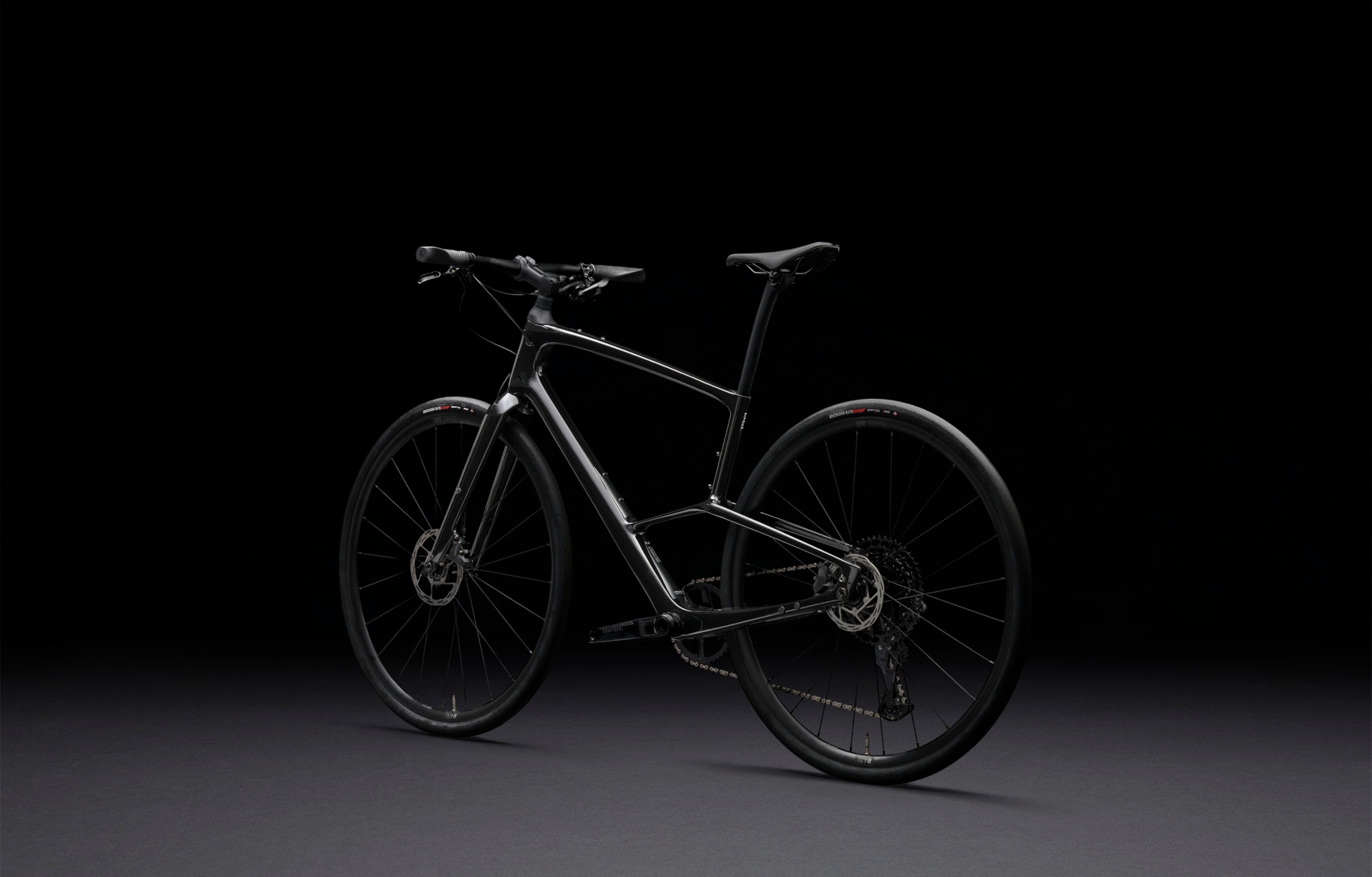
Rather than the seat tube meeting the bottom bracket, it instead ends abruptly around the mid-wheel point, joining with the super low seat stays, which then continue on to the down tube. The result is striking; the design essentially leaves a hole where the rest of the seat tube would typically be.
If the response to Trek’s latest Madone, which also features a ‘hole’ in the frame, is anything to go, expect this latest Sirrus Carbon to make plenty of headlines, and likely a few waves, too.
As the compliance junction name suggests, the 'look' is created in the name of comfort. Specialized says the design creates “just the right amount of flex across the carbon frame without sacrificing performance and efficiency”.
When the patent was released, Specialized was quoted as saying that tests of of the new frame "produced 172% greater vertical deflection and 75% greater horizontal deflection at the seat during the vertical stiffness test compared to the conventional frame, and that "The horizontal stiffness test showed a decrease of 24% in the horizontal deflection for the main frame."
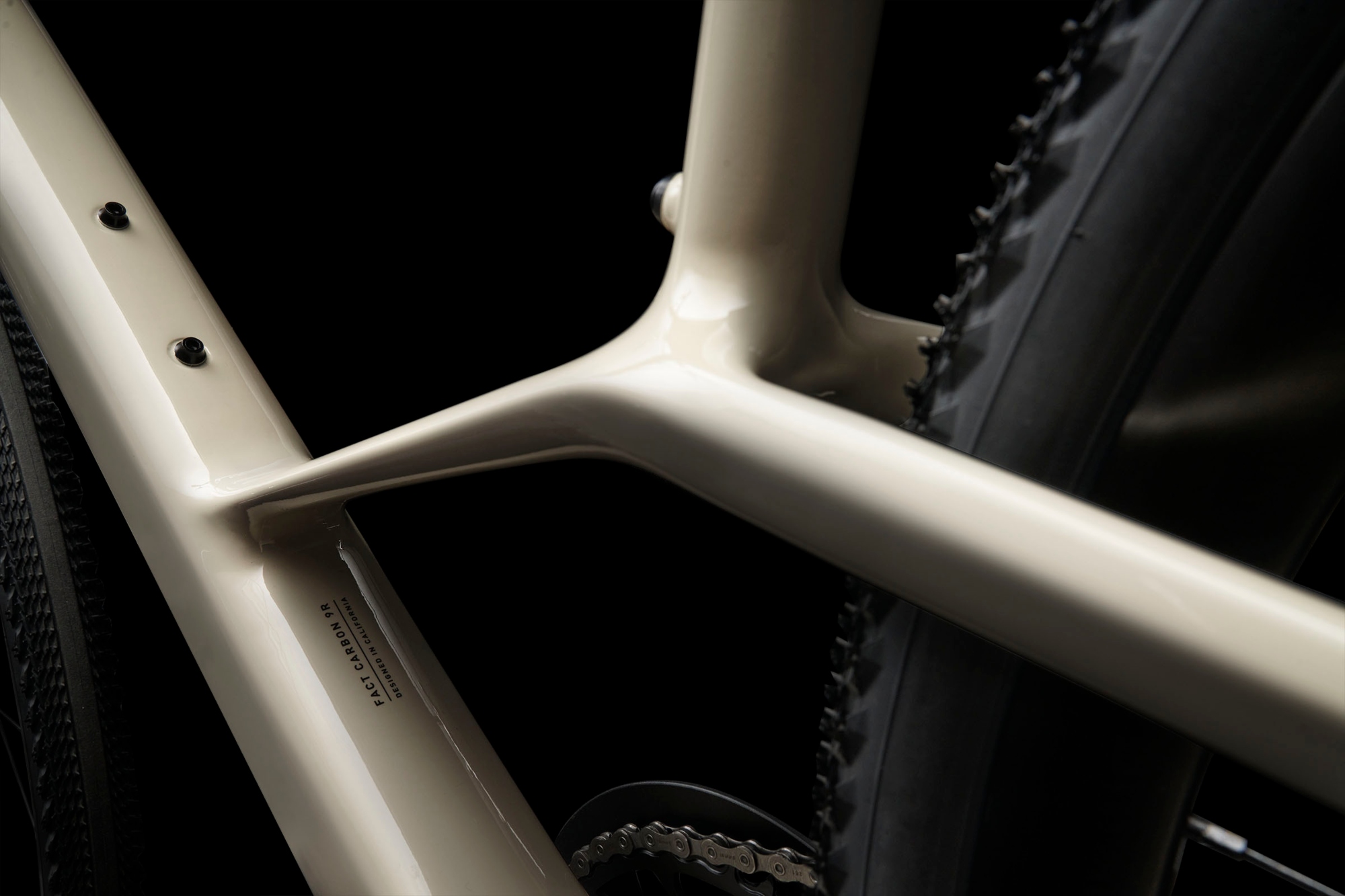
But the pursuit of forgiveness isn't all radical. The new Sirrus is also equipped with FutureShock 1.5, the same front end suspension system that is featured on the Roubaix road bike and the Diverge gravel machine, as well as some previous Sirrus models. Positioned inside the headtube and delivering 20mm of travel, it’s designed to prevent the “harsh frequencies caused by bumps in the road from reaching the handlebars”.
Tire clearance is generous, with space for up to 42mm width tires, which should further aid comfort. However, off-the-peg, the Sirrus 6.0 comes equipped with 32mm Roubaix Pros, while the 5.0 X features 38mm Pathfinder Pros.
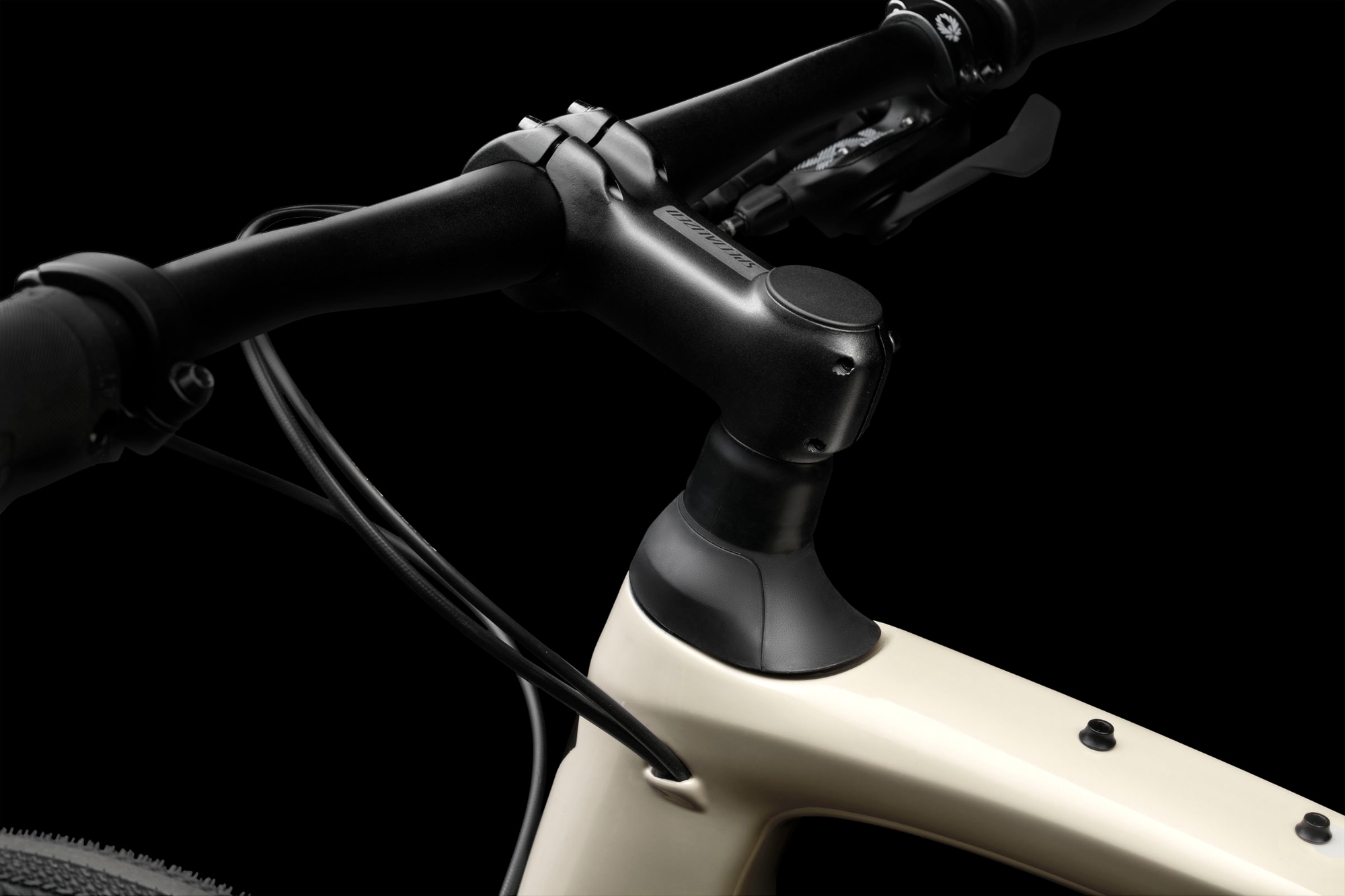
It figures that removing a piece of a frame tube, as well as using high-grade carbon, should help reduce a bike’s overall weight, and both the Sirrus 6.0 and 5.0 X are suitably light for bikes of this nature. Specialized's claimed weights for the bikes are 20.3lb / 9.2kg and 24lbs / 10.8kg respectively.
Both bikes feature “uniquely crafted” geometry born from Specialized’s Rider-First Engineered system, which it says means that the frame, tube size and carbon layup is selected specifically to “achieve the optimal balance of rigidity, weight and responsiveness”, no matter what size you are riding. For the Sirrus that means six options, from XS to XXL, across what the brand calls a “shared platform”, meaning there are no women specific models.
Given that the ‘get out and ride’ philosophy intrinsic to the Sirrus line continues on in the new models , it comes as little surprise that both are equipped for a variety of uses and users. Each is fender and rack compatible with a number of mounts, including top tube and fork, that mean the Sirrus can fit as many as three or four bottle cages, depending on the frame size.
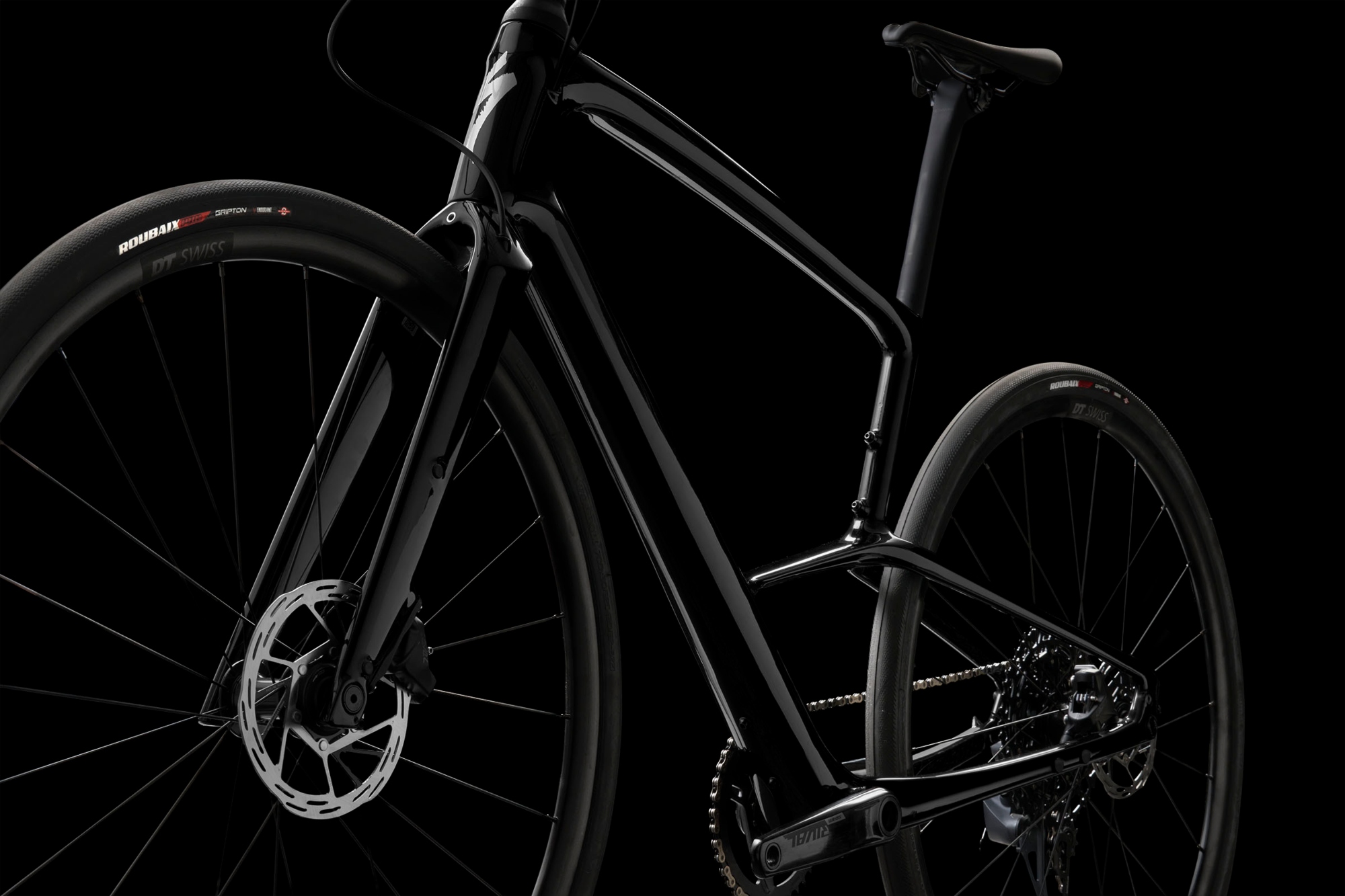
So how do the two models differ?
Given its lower weight, it’s unsurprising that Specialized are positioning the 6.0 as the “nimble” model, best suited to city streets and paved leisure rides. It’s equipped with SRAM’s 12-speed Eagle GX drive chain and Level TLM hydraulic disc brakes.
The 1x set-up is chosen, Specialized says, to “simplify the ride experience”, and eliminating the front derailleur does equate to less shifts and potentially fewer mechanicals, which are likely beneficial to hardcore commuters and cycling newbies alike. However, with a 40t chainring paired to an 11-50t cassette, the gear range isn’t diminished.
The aforementioned Roubaix Pro tires are matched to DT Swiss R470 rims and Specialized centerlock hubs with sealed bearings. Finishing kit is also taken care of by Specialized’s range of in-house parts.
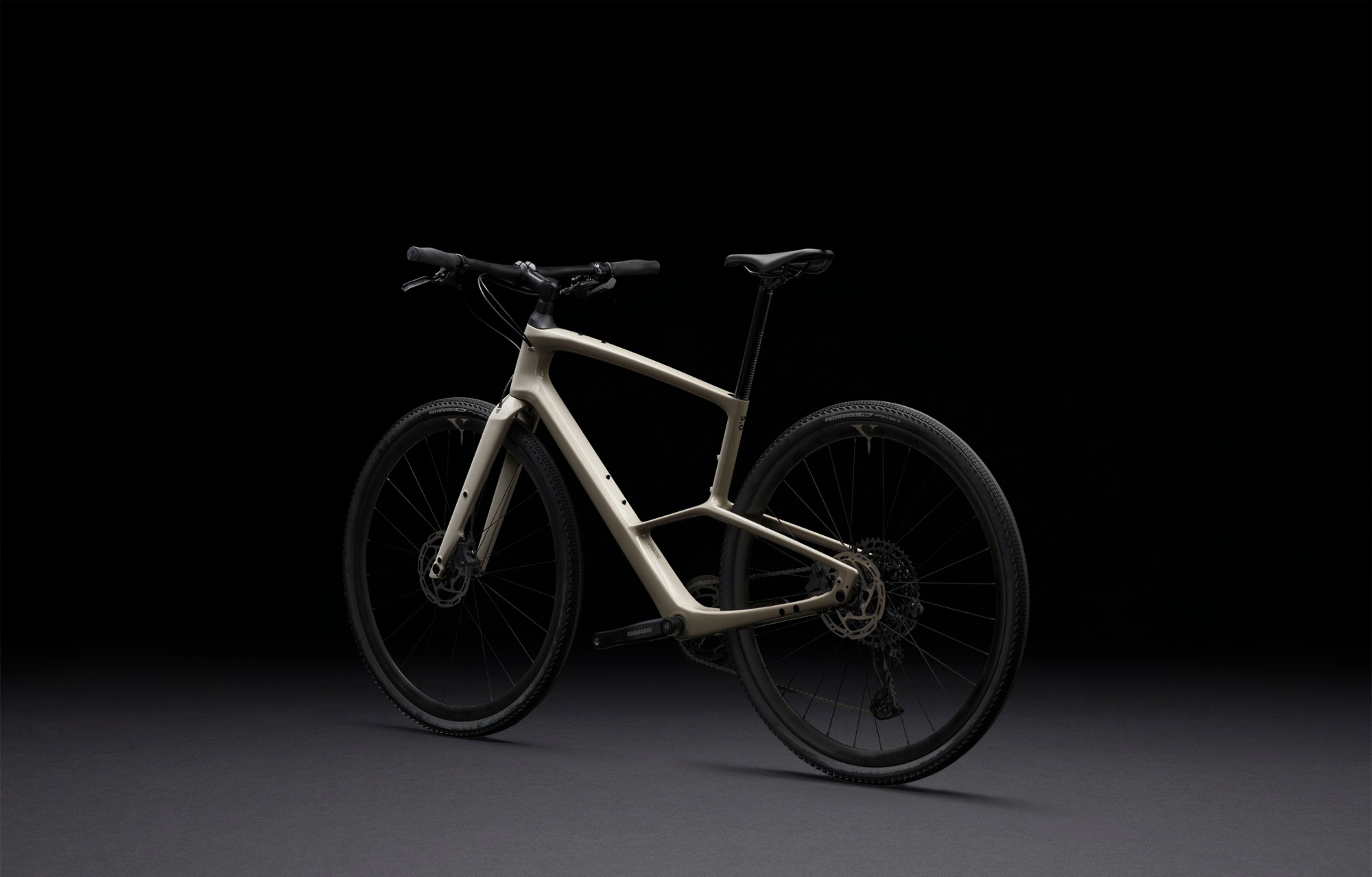
The 5.0 X is designed to cut a more rugged profile, aimed at “riders looking to push limits and go beyond the pavement.” Arguably, it's a flat-bar gravel bike! It also comes with a lower price tag. Both impact the specifications. The 12-speed SRAM Eagle 1x drive chain remains but it hops down a rung to the NX level, which uses a powerspline bottom bracket rather than the DUB BSA 68 standard used on the 6.0. Elsewhere the 40t chainring is swapped out for a 38t, to increase the gear range for those off road excursions, and the hydraulic brakes are Tektro rather than SRAM.
Wider, knobbly tires - the previously mentioned Pathfinders - are fitted to a generic wheelset that likely contributes to both the additional weight and the lower retail price. Overall, it reads like a sensible spec sheet for a model that’s likely to appeal to those who value price and durability over lower weight and higher speed.
As for pricing, the Sirrus 6.0 will retail at $3000 / £2,400 while the Sirrus X 5.0 will cost $2,250 / £1,950.
For more information visit specialized.com

Thank you for reading 20 articles this month* Join now for unlimited access
Enjoy your first month for just £1 / $1 / €1
*Read 5 free articles per month without a subscription

Join now for unlimited access
Try first month for just £1 / $1 / €1
Get The Leadout Newsletter
The latest race content, interviews, features, reviews and expert buying guides, direct to your inbox!
Luke Friend has worked as a writer, editor and copywriter for twenty five years. Across books, magazines and websites, he's covered a broad range of topics for a range of clients including Major League Baseball, the National Trust and the NHS. He has an MA in Professional Writing from Falmouth University and is a qualified bicycle mechanic. He has been a cycling enthusiast from an early age, partly due to watching the Tour de France on TV. He's a keen follower of bike racing to this day as well as a regular road and gravel rider.
-
 A bike rack with an app? Wahoo’s latest, and a hub silencer – Sea Otter Classic tech highlights, Part 2
A bike rack with an app? Wahoo’s latest, and a hub silencer – Sea Otter Classic tech highlights, Part 2A few standout pieces of gear from North America's biggest bike gathering
By Anne-Marije Rook
-
 Cycling's riders need more protection from mindless 'fans' at races to avoid another Mathieu van der Poel Paris-Roubaix bottle incident
Cycling's riders need more protection from mindless 'fans' at races to avoid another Mathieu van der Poel Paris-Roubaix bottle incidentCycling's authorities must do everything within their power to prevent spectators from assaulting riders
By Tom Thewlis